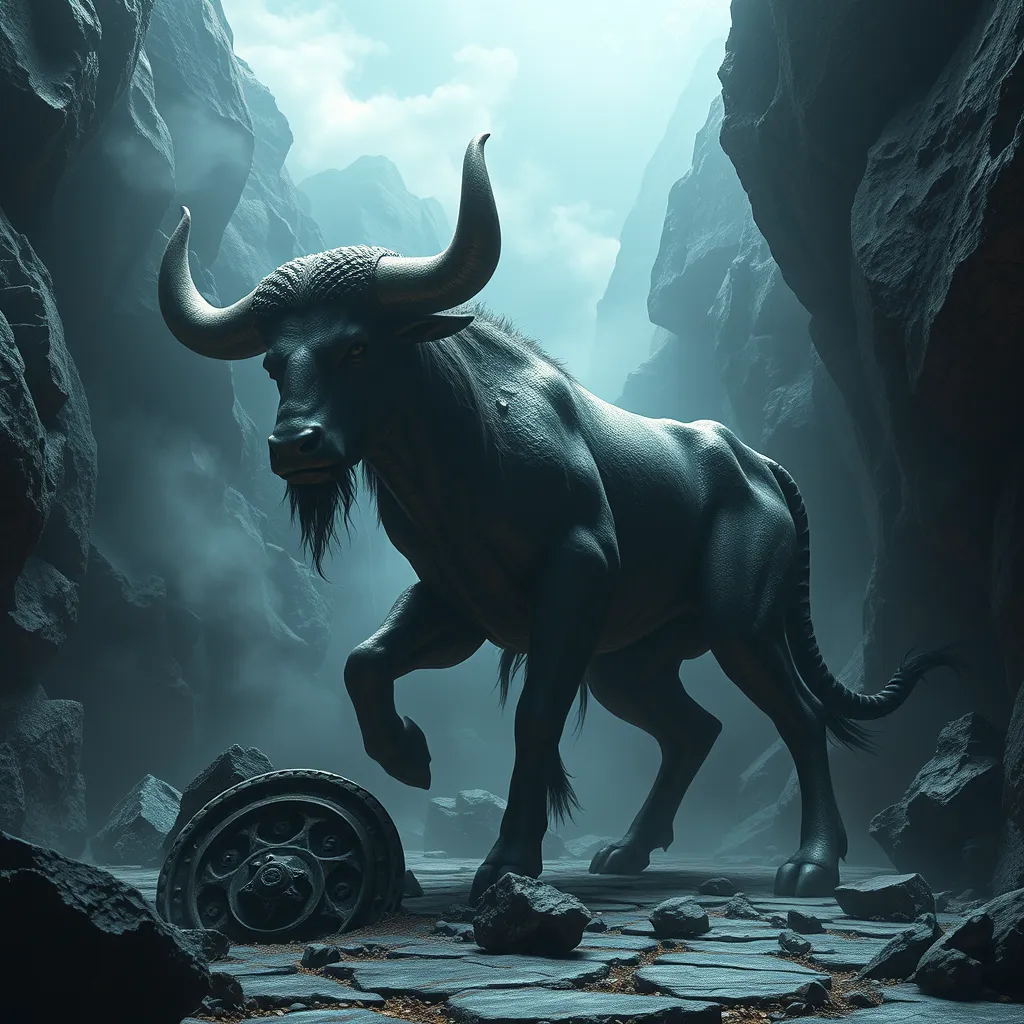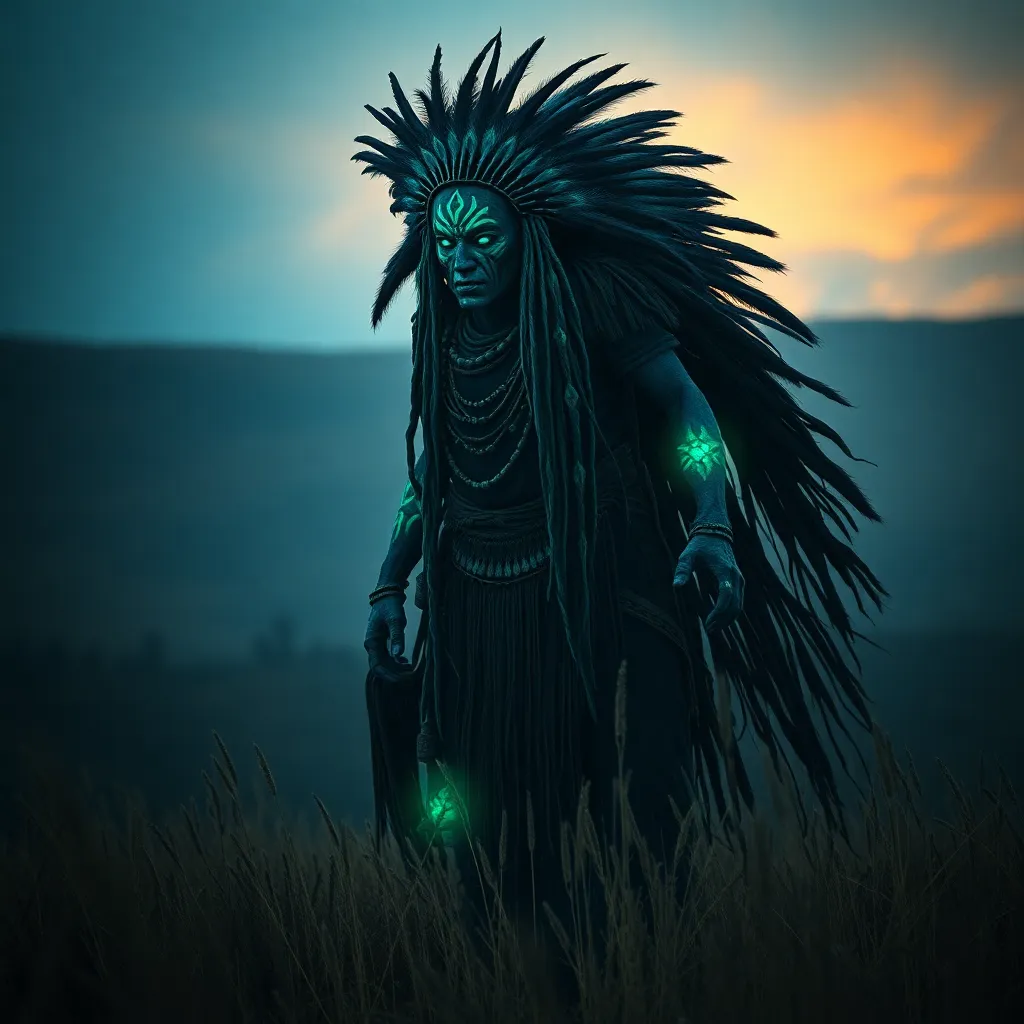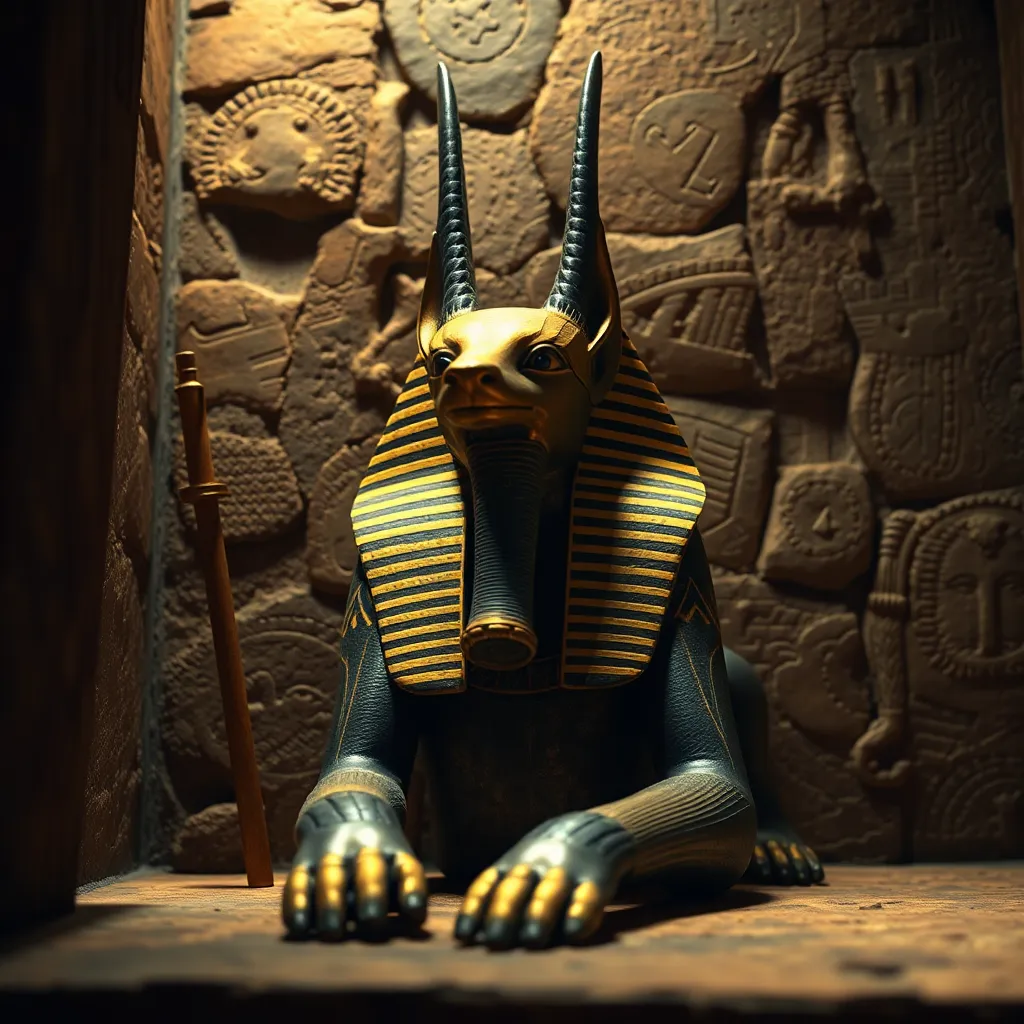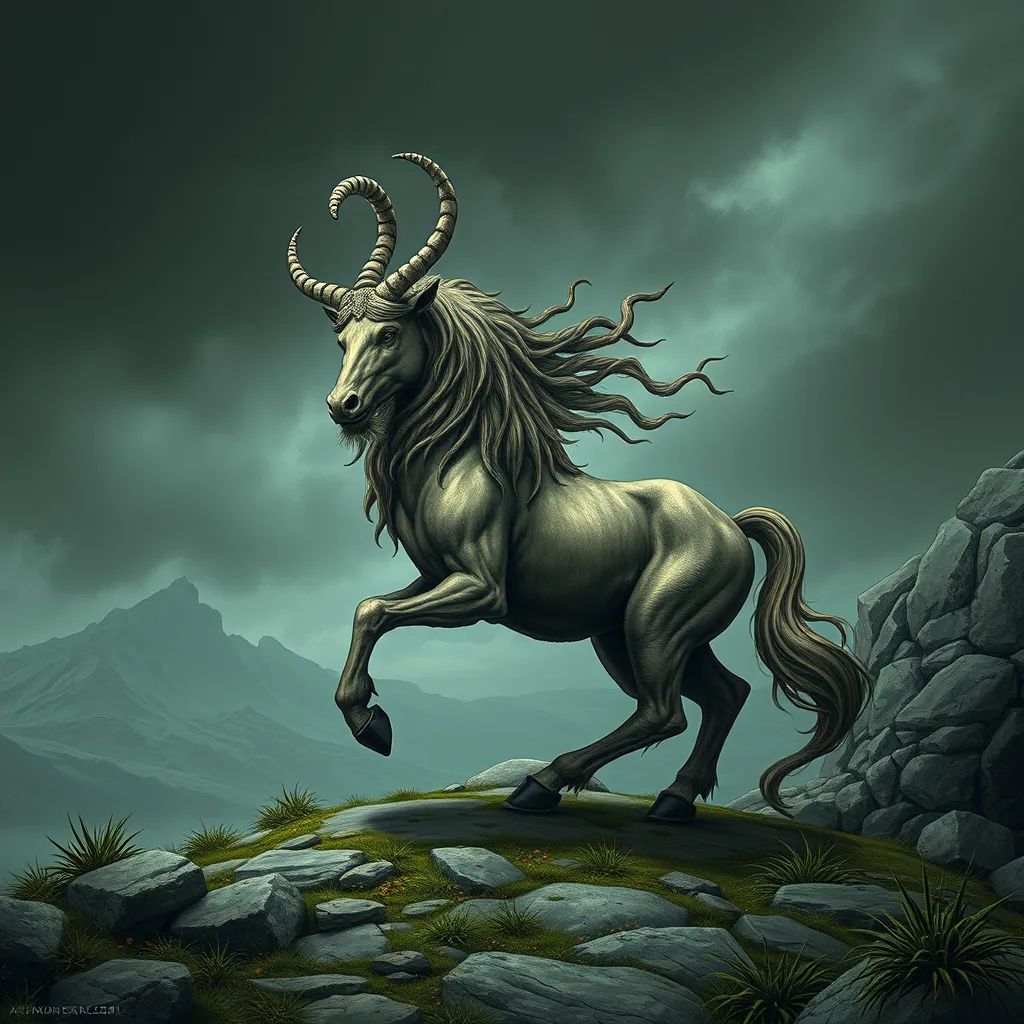The Minotaur’s Curse: Examining the Monster’s Fate and the Consequences of His Existence
I. Introduction
The Minotaur is one of the most intriguing figures in Greek mythology, representing a complex blend of humanity and monstrosity. Born from the unnatural union between Pasiphaë, the wife of King Minos, and a majestic bull sent by the god Poseidon, the Minotaur embodies the consequences of divine punishment and human folly. This article aims to explore the fate of the Minotaur and the implications of his existence within the broader context of Greek mythology.
The significance of the Minotaur extends beyond his monstrous appearance; he serves as a potent symbol of societal fears, the struggle for identity, and the inherent conflict between civilization and barbarism. Through a detailed examination of his origins, existence, and legacy, we will uncover the underlying themes that make the Minotaur a timeless figure in both ancient and modern narratives.
II. Origins of the Minotaur
The mythological background of the Minotaur begins with the tragic tale of Pasiphaë, who was cursed to fall in love with a bull. Her desire led to the birth of the Minotaur, a creature with the body of a man and the head of a bull. This grotesque hybrid symbolizes the chaotic consequences of human desires that defy natural order.
To contain the Minotaur, King Minos commissioned the creation of the Labyrinth, a complex maze designed by the architect Daedalus. The Labyrinth not only served as a prison for the Minotaur but also as a representation of the confusion and entrapment that often accompany unchecked ambition and desire.
The Minotaur, as a hybrid creature, embodies various symbols:
- Conflict between human and animalistic instincts
- The consequences of moral transgressions
- The fear of the unknown and the monstrous aspects of humanity
III. The Minotaur’s Existence and Isolation
Life in the Labyrinth presents a duality for the Minotaur: is it a prison or a sanctuary? While the Minotaur is confined within the maze, it also serves as a protective barrier from the outside world. This isolation can be seen as a form of punishment but also as a refuge from the judgment of society.
The psychological implications of such isolation are profound. The Minotaur’s existence reflects the human experience of alienation and loneliness. As a creature shunned by society, the Minotaur becomes a metaphor for the darker aspects of human nature that society often seeks to suppress.
Moreover, the Minotaur serves as a reflection of human fears and societal issues:
- Fear of the ‘other’ and what lies beyond societal norms
- Consequences of repressed desires and emotions
- Struggles with identity and acceptance in a judgmental world
IV. The Role of the Minotaur in Ancient Greek Society
The Minotaur symbolizes punishment and sacrifice in ancient Greek society. The creature became an emblem of the consequences of Minos’s hubris and the need for retribution. Each year, Athens was required to send seven young men and seven young women as tributes to be sacrificed to the Minotaur, highlighting the brutal nature of the relationship between the two city-states.
The significance of these tributes reveals the Minotaur’s role as a catalyst for moral lessons within Greek culture. The sacrifices underscore themes of fate, justice, and the cyclical nature of violence in human society. The Minotaur’s existence forces characters like Theseus to confront their destinies and engage in acts of bravery and sacrifice.
V. Theseus and the Hero’s Journey
Theseus’s quest to slay the Minotaur serves as a quintessential hero’s journey, marked by motivations of honor, revenge, and the desire to free Athens from its burdensome tribute. Armed with a sword and the guidance of Ariadne, who provides him with a ball of thread to navigate the Labyrinth, Theseus ventures into the depths of the maze.
Ariadne’s role is multifaceted; she represents love, betrayal, and guidance. Her assistance is crucial for Theseus’s success, yet her abandonment after the victory speaks to the complexities of relationships and the consequences of heroism.
The aftermath of Theseus’s victory has significant consequences for both the hero and the Minotaur:
- Theseus is hailed as a hero but also faces the burden of his choices.
- The Minotaur’s death symbolizes the triumph of civilization over chaos but raises questions about the nature of monstrosity.
- The narrative highlights the cyclical nature of violence and revenge in human history.
VI. The Legacy of the Minotaur in Literature and Art
The Minotaur’s legacy endures through various depictions in both ancient and modern art. From classical sculptures to contemporary interpretations, the Minotaur continues to captivate the imagination of artists and writers alike. These representations often explore themes of duality, identity, and the struggle between civilization and chaos.
In literature and popular culture, the Minotaur’s influence is evident in:
- Modern retellings of Greek myths, such as those by authors like Madeline Miller.
- Films and television series that reinterpret the Minotaur’s story, often focusing on themes of acceptance and understanding.
- Artistic expressions that challenge the perception of monstrosity and humanity.
VII. Thematic Analysis of the Minotaur’s Curse
The themes of monstrosity and humanity are central to the Minotaur’s curse. The Minotaur challenges our understanding of what it means to be a monster, prompting reflections on identity, acceptance, and the nature of our fears. The curse serves as a metaphor for existential struggle, highlighting the conflicts within ourselves and society.
Moreover, the implications of the Minotaur’s fate resonate with contemporary discussions about identity and belonging. The story raises vital questions:
- What defines monstrosity in a world that often fears difference?
- How do societal norms shape our understanding of self and others?
- Can we find acceptance in our struggles with identity?
VIII. Conclusion
In summary, the Minotaur’s significance in Greek mythology goes beyond his monstrous appearance; he embodies complex themes of isolation, sacrifice, and the duality of human nature. The lessons learned from the Minotaur’s curse resonate through the ages, urging society to reflect on its fears, judgments, and the nature of monstrosity.
As we consider the legacy of the Minotaur today, we are reminded of the timeless relevance of his story. From ancient myths to contemporary interpretations, the Minotaur continues to challenge us to confront our fears and embrace the complexities of identity and acceptance.




